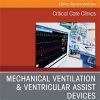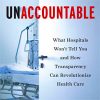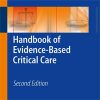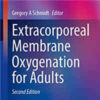Nutritional Risk Screening and Body Composition in COVID-19 Patients
pubmed.ncbi.nlm.nih.gov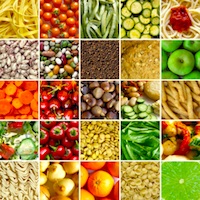
Present findings confirm the clinical utility of NRS-2002 to assess nutritional risk in patients with COVID-19 at hospital admission and in predicting LOS, and that bioimpedance does not seem to add further predictive value. An early detection of nutritional risk has to be systematically included in the management of COVID-19 patients hospitalized in internal medicine wards.
Malnutrition in patients hospitalized in internal medicine wards is highly prevalent and represents a prognostic factor of worse outcomes.
Previous evidence suggested the prognostic role of the nutritional status in patients affected by the coronavirus disease 2019 (COVID-19). We aim to investigate the nutritional risk in patients with COVID-19 hospitalized in an internal medicine ward and their clinical outcomes using the Nutritional Risk Screening 2002 (NRS-2002) and parameters derived from bioelectrical impedance analysis (BIA).
Retrospective analysis of patients with COVID-19 aimed at exploring: 1) the prevalence of nutritional risk with NRS-2002 and BIA; 2) the relationship between NRS-2002, BIA parameters and selected outcomes: length of hospital stay (LOS); death and need of intensive care unit (ICU); prolonged LOS; and loss of appetite.
Data of 90 patients were analyzed. Patients at nutritional risk were 92% with NRS-2002, with BIA-derived parameters: 88% by phase angle; 86% by body cell mass; 84% by fat-free mass and 84% by fat mass (p-value ≤0.001).
In ROC analysis, NRS had the maximum sensitivity in predicting the risk of death and need of ICU and a prolonged hospitalization showing moderate-low specificity; phase angle showed a good predictive power in terms of AUC. NRS-2002 was significantly associated with LOS (β 12.62, SE 5.79).
In a multivariate analysis, blood glucose level and the early warning score are independent predictors of death and need of ICU (OR 2.79, p ≤0.001; 1.59, p-0.029, respectively).





